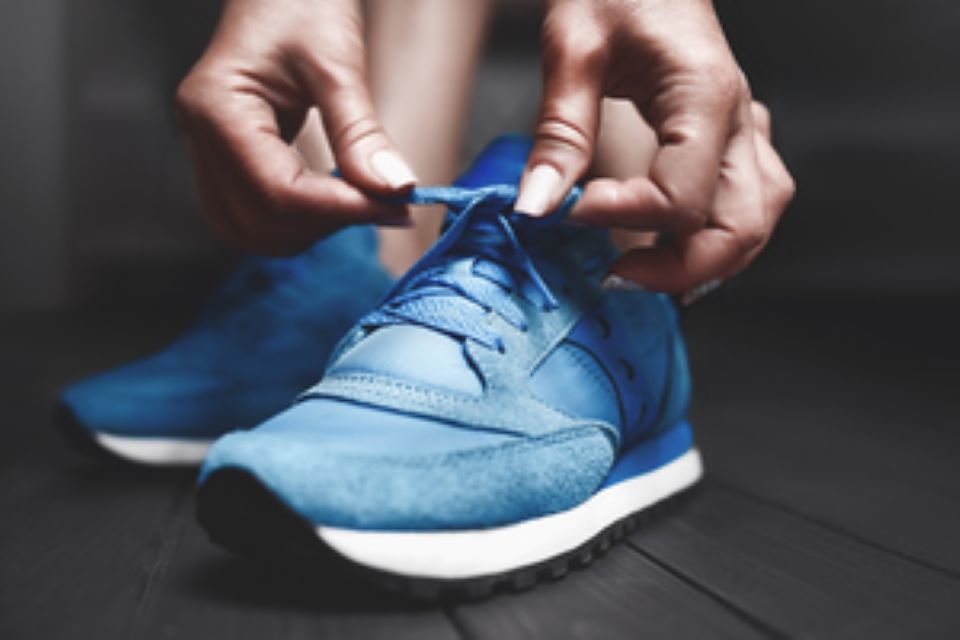Following the CMA’s final decision to block the merger between JD Sports and Footasylum in May 2020, JD Sports appealed to the Competition Appeals Tribunal (Tribunal), which referred the case to the CMA. for reconsideration. After gathering a lot of additional evidence on the impact of the coronavirus (COVID-19) and other developments in the sports fashion industry, the Competition and Markets Authority (CMA) has reached the provisional opinion that the merger could result in a worse deal for Footasylum buyers throughout Britain. This means that customers could find themselves faced with higher prices, fewer discounts, and fewer product choices in-store. It could also cause the merged company to invest less in improving customer service.
At this point, the CMA believes that blocking the deal, forcing JD Sports to sell Footasylum, may be the only way to resolve these competition concerns.
Kip Meek, chairman of the group leading this investigation, said:
Since our initial investigation, we have gathered a significant amount of additional evidence, including on the impact of the coronavirus, and we are still concerned about the takeover of Footasylum by JD Sports. This deal would see Footasylum taken over by its closest competitor and, as a result, buyers could face higher prices, less choice and a worse buying experience overall.
While many stores were closed during the lockdown, online sales in this market have been stronger than ever and revenues from in-store sales are rebounding as people return to Main Street.
JD Sports, Footasylum and others in the sector now have the opportunity to give us their views, both on our provisional decision and on our proposed solution.
Impact of the coronavirus
As part of its judgment, the General Court endorsed the CMA’s analytical framework for assessing the effects of the merger on consumers, but concluded that the CMA had not gone far enough in collecting information regarding the impact of the coronavirus.
Over the past 5 months, the CMA has accumulated significant amounts of additional data and evidence on market developments since May 2020. This includes proximity to JD Sports and Footasylum; their financial performance; and competition posed by other retailers, including brands selling direct to customers. The AMC considered whether any changes due to the pandemic would be lasting and, as such, likely to affect competition for the foreseeable future.
At the height of the pandemic, online shopping has increased due to temporary store closings. As a result, while both companies saw their in-store revenues decline, this was offset by a significant increase in online sales and AMC’s analysis shows that both companies would continue to be profitable if the merger was not did not take place. For example, JD Sports announced an increase in its turnover during the past financial year.
Evidence from the CMA also showed that shopping behavior has since continued to adjust as stores reopened across the UK, with large numbers saying they will mix and match their behavior. purchasing, partly online and partly in-store. In line with this, in-store revenues recovered, reaching a level similar to before the pandemic. Other evidence, including data collected from the Office for National Statistics and Mintel, supports these conclusions.
Close competitors
In May 2021, when stores across England reopened with social distancing measures, the CMA conducted an online survey of JD Sports and Footasylum customers. This provided valuable insight into people’s shopping habits during the pandemic and how they were evolving.
Survey results showed that many Footasylum buyers see JD Sports as their best alternative – for example, 50% of those surveyed said they would go to JD Sports if they couldn’t buy clothes from Footasylum. . This was about 4 times higher than the next alternative, Nike.
In addition to its investigation, the CMA carefully analyzed thousands of additional internal and decision-making documents, and engaged at length with other industry players, including key retailers and suppliers, to better understand the merger. and the state of sports fashion. Marlet.
All of the evidence showed a consistent picture: JD Sports was – and continues to be – a particularly close competitor to Footasylum.
Current and future market developments
The AMC looked at the ways in which major sports fashion product suppliers are changing their business models, for example by making more direct sales to customers and potentially reducing reliance on retailers like JD Sports and Footasylum. While Nike is already a serious competitor to JD Sports and the CMA expects Nike and Adidas to expand their retail business, these developments are still not enough to replace the very significant degree of competition between JD Sports and Footasylum.
The CMA is seeking advice on its interim report by September 16 and possible remedies by September 9 and will assess all evidence provided before making a final decision.
For more information, visit the JD Sports / Footasylum Merger Investigation webpage.
Notes to Editors
- Overall, the evidence from ONS and Mintel – including ONS: Coronavirus and social impacts in Great Britain – Office for National Statistics, the Mintel report: Footwear retailing UK – April 2021, and the Mintel report: COVID-19 – Retail and E-commerce: A Year On – UK – April 2021 – show that there has been a significant shift towards purchasing in online during the pandemic, and that some of this increase in online shopping will persist. However, it also suggests that a significant proportion of customers will return to shop in-store, as concerns about the pandemic abate.

